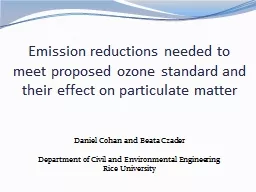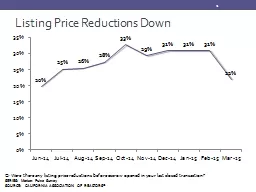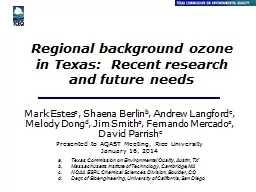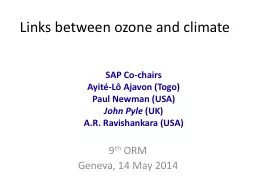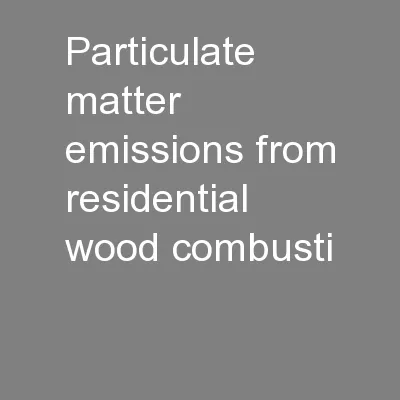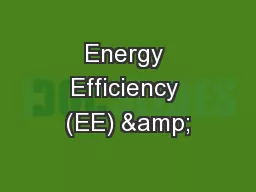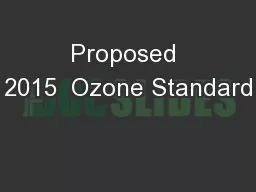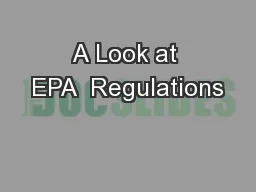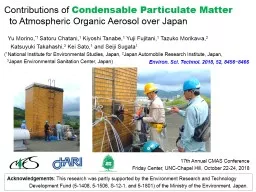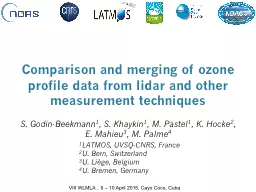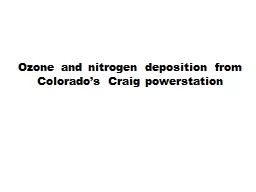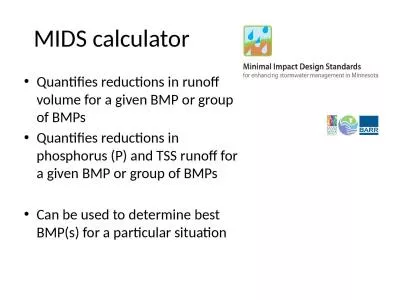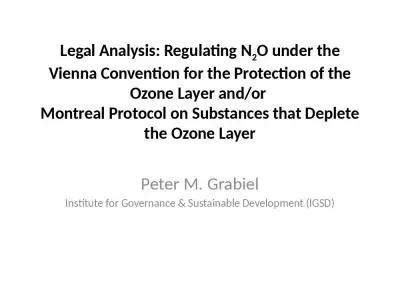PPT-Emission reductions needed to meet proposed ozone standard and their effect on particulate
Author : yoshiko-marsland | Published Date : 2018-11-17
matter Daniel Cohan and Beata Czader Department of Civil and Environmental Engineering Rice University Background EPA sets National Ambient Air Quality Standards
Presentation Embed Code
Download Presentation
Download Presentation The PPT/PDF document "Emission reductions needed to meet propo..." is the property of its rightful owner. Permission is granted to download and print the materials on this website for personal, non-commercial use only, and to display it on your personal computer provided you do not modify the materials and that you retain all copyright notices contained in the materials. By downloading content from our website, you accept the terms of this agreement.
Emission reductions needed to meet proposed ozone standard and their effect on particulate: Transcript
Download Rules Of Document
"Emission reductions needed to meet proposed ozone standard and their effect on particulate"The content belongs to its owner. You may download and print it for personal use, without modification, and keep all copyright notices. By downloading, you agree to these terms.
Related Documents

